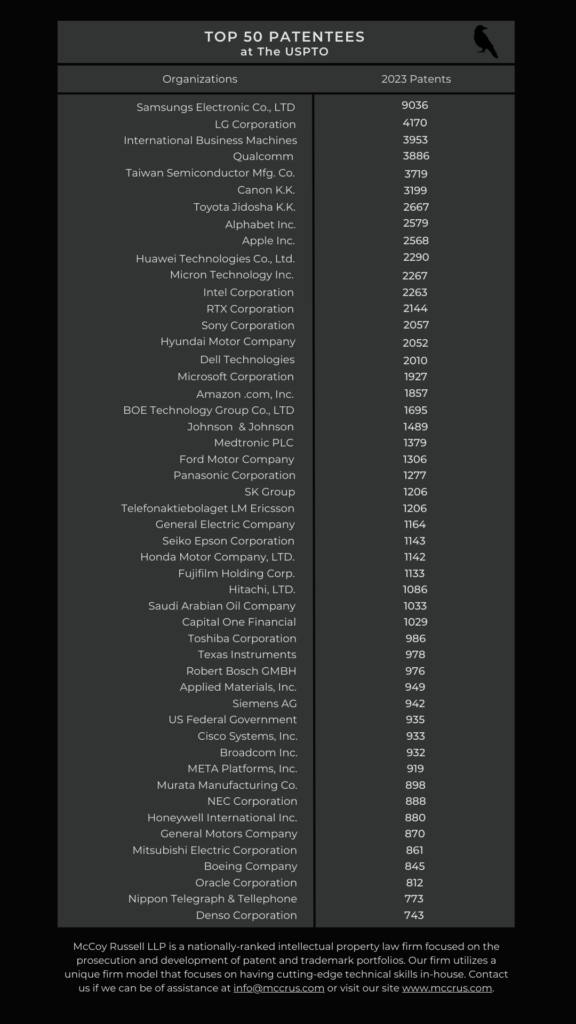
The evolution of patent law pertaining to software has been a complex and dynamic process, shaped by historical roots, statutory patent law, and legal doctrines of both the Supreme Court and the Court of Appeals for the Federal Circuit. From the early days of English “letters patent” to the modern-day Mayo/Alice test, various key concepts and judicial doctrines have impacted the development of patent law relevant to software inventions.
Judicial doctrines related to patent eligibility are particularly significant to software patenting. Historically, courts have grappled with determining what types of subject matter deserve patent protection. Such determinations have been applied to software, which has rapidly advanced (following its emergence) to become a fundamental context of technological innovation.
The state of software patenting today is heavily influenced by key judicial doctrines related to Subject Matter Eligibility, Written Description, Enablement, and Best Mode, as well as (to a lesser extent) judicial doctrines related to Obviousness, Means-Plus-Function Language, and Claim Interpretation in the context of Functional Language. These doctrines provide a framework for determining the eligibility and patentability of software inventions, attempting to take into account the unique characteristics and challenges associated with software-related innovations.
As technology continues to advance, the impact of these key doctrines on software patenting will remain a focal point for patent practitioners and innovators. At McCoy Russell, we understand that navigating these doctrines is critical to effectively securing and enforcing software patents in the modern era.
In the next post, McCoy Russell explores software patents and the challenges they present in greater detail.









Recent Comments